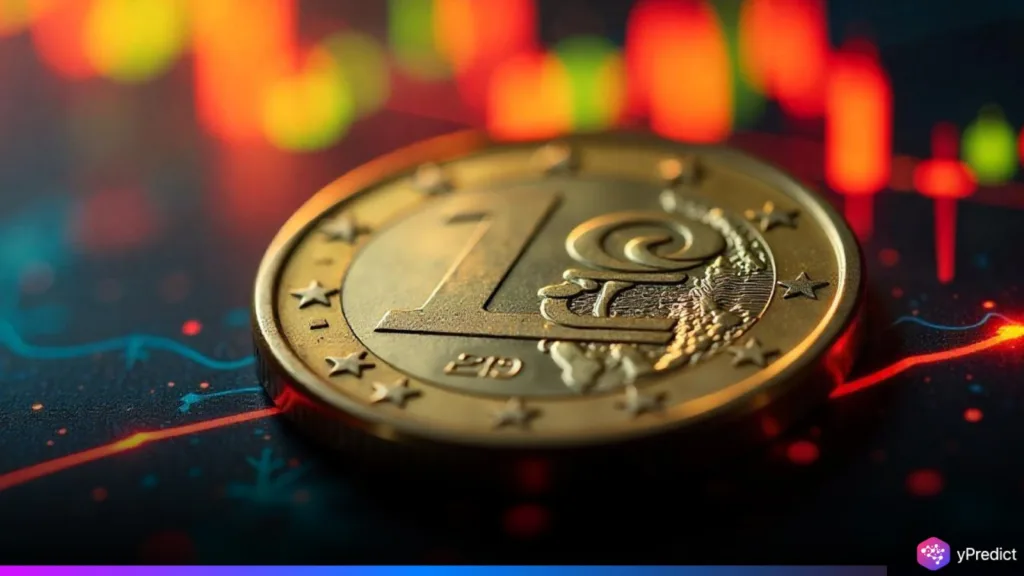
Eurozone inflation drops to 1.9% in May 2025, marking the first time in seven months that it has fallen below the European Central Bank’s (ECB) 2% target. The unexpected decline, driven by slower service inflation and falling energy prices, points to a broader easing of inflationary pressures across the eurozone. This has intensified speculation about the ECB’s next move, with markets increasingly anticipating a rate cut in June. As inflation trends shift, the central bank must carefully balance stimulus measures with its commitment to price stability.
Core Inflation and Services Sector Show Notable Declines
Reuters reports that Inflation in the eurozone fell below the European Central Bank’s (ECB) target in May, raising hopes that the central bank will continue to cut interest rates despite persisting geopolitical and trade issues that could pose long-term inflationary threats.
Eurostat reported that annual consumer inflation in the eurozone dropped to 1.9% in May from 2.2% in April, marking the first dip below the ECB’s 2% target in seven months. The decline, which came in just under the forecasted 2.0%, was primarily driven by falling energy prices and a notable slowdown in services inflation.
Core inflation, which excludes the more volatile categories of food and energy, also slowed to 2.3%, down from 2.7% in April. The slowing of price rise in the services sector, which fell to 3.2% from 4.0%, was a major factor in this moderation. Analysts cite low wage growth, a sturdy euro, and falling energy prices as key factors of this disinflationary trend.
Market Reactions and Expectations for ECB Policy
The ECB, which has already cut interest rates seven times since June 2024, is likely to drop rates again at its next policy meeting. Financial markets have essentially priced in a quarter-point reduction, bringing the benchmark rate down to 2.0%, its lowest level in more than two years. If confirmed, this would represent a dramatic turnaround from the peak rate of 4.0% recorded last year.
Some economists predict this tendency may continue, with projections indicating inflation could remain below the goal through 2026. Riccardo Marcelli Fabiani at Oxford Economics said that,
Given the clear disinflationary outlook, especially for services, the ECB cutting rates this Thursday seems an easy bet, and more easing should follow later in the year.
While short-term inflation appears to be benign, longer-term challenges are emerging. Increased geopolitical tensions, growing defense spending, climate-related investments, and demographic shifts, particularly the dwindling working-age population, all have the potential to contribute to a revival of inflation.
Financial markets reacted modestly to the inflation data. The euro edged lower following the release, reflecting market confidence that the ECB will stay on its easing path. The central bank is set to update its economic forecasts at Thursday’s meeting, with analysts expecting it to revise down its projections for both growth and inflation.
Geopolitical Tensions Fueling Global Economic Worries
In addition, global trade disruptions remain a key source of uncertainty. Protectionist measures, including new tariffs and shifting supply chains, threaten to raise input costs. The impact of U.S. trade policy, especially under the renewed threat of tariffs, is also likely to influence inflation dynamics in the eurozone. Some policymakers argue that these factors warrant caution before aggressively cutting rates further.
Despite this, the ECB is likely to proceed cautiously, with investors expecting one final rate cut in the autumn before pausing to evaluate the impact of earlier reductions. With rates now in “neutral” territory, the bank has room to monitor broader economic trends before adjusting policy further.







